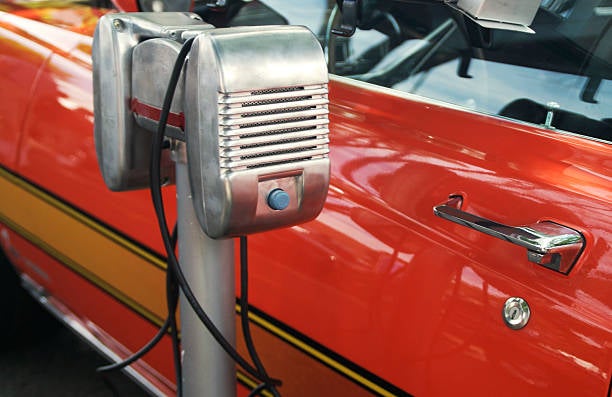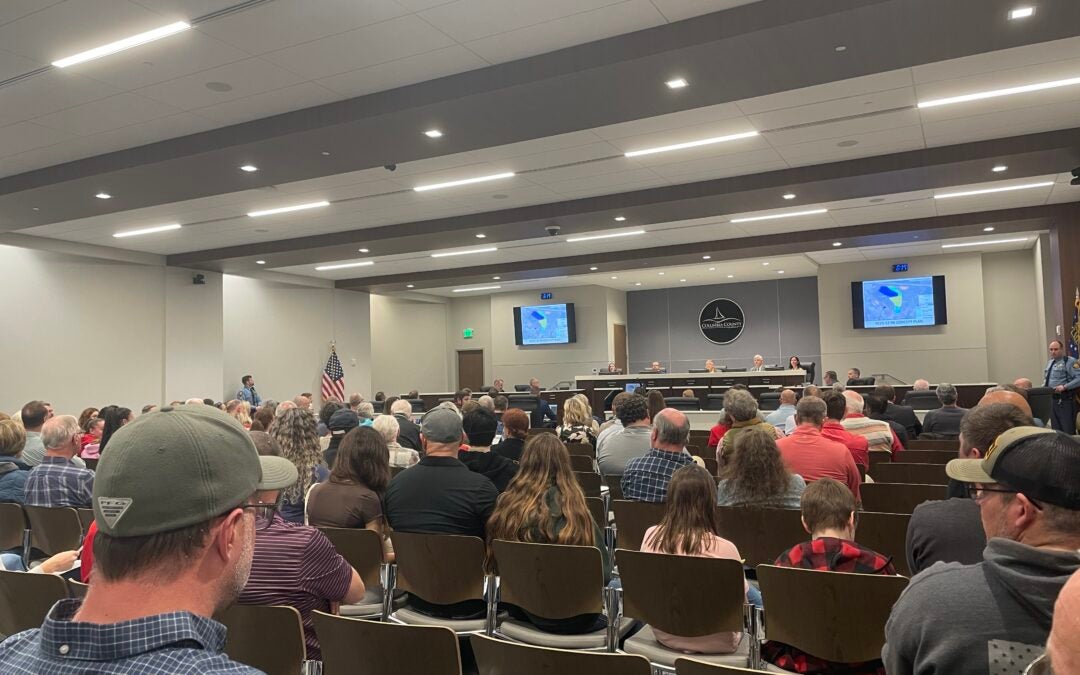Today’s movie cars have become as boring and generic as the scripts and actors, but there was a time when rust buckets were as important to a good flick as the human stars.
Some movie cars were able to elevate an otherwise so-so film into a nail-biter or comedy classic.
Once upon a time, celebrities sold cars. Lucille Ball, Dinah Shore and Bing Crosby got into the act. Frank Sinatra had his first bomb with “The Edsel Show,” and who could forget Ricardo Montalban touting Chrysler’s “rich Corinthian leather.”
In the 1980s and 1990s, though, the cars themselves became the stars, and several models that had been long forgotten became instant classics. With some, we can’t even imagine the movie being shot without them.
Here are some of our favorites, in no particular order:
“Roads? Where we’re going, we don’t need roads.” – Doc Brown
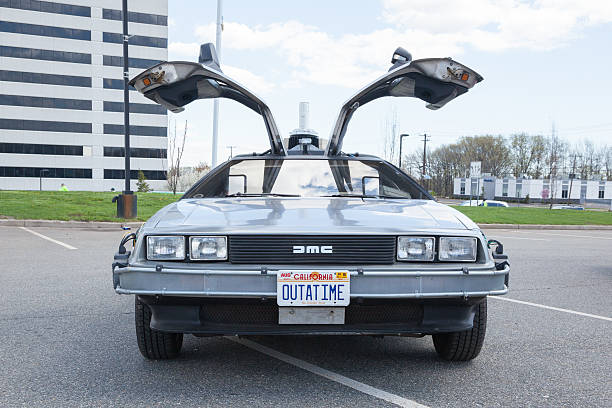
It is quite unfathomable that the original script for “Back to the Future” called for the time machine to be made out of an old refrigerator. Thankfully, the producers went back to the drawing board after liability issues surfaced in conversation and they settled on the 1981 DeLorean DMC-12.
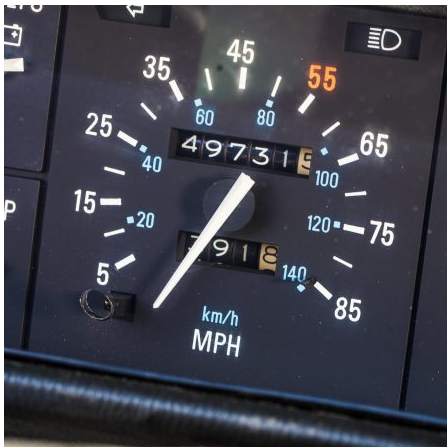
A better car could not have been found, it was futuristic looking without undergoing any major modifications, and the model had somewhat been forgotten due to its builder and mastermind John DeLorean’s legal troubles. The car was only sold for about two years in the United States, and seeing one on the streets was a rarer sight than a Tesla Truck in Lubbock, Texas.
The DeLorean also fit the bill because it looked fast sitting still. The problem was that the car might as well only have been filmed sitting still, because it was sporty in looks only. According to Siemens, the 2.85 Liter SOHC Peugeot-Renault-Volvo (PRV) V6 engine only put out 130 horsepower to move the heavy stainless steel carcass. The DeLorean could almost be pushed as fast as a speed as it could provide on its own.
One major plot point of the movie was that the car did its time traveling magic at 88 mph. The problem was that 88 mph in the DMC-12 was an iffy proposition and even the speedometer only registered as far as 85, so producers had to create a special speedometer for the movie car.
Even the sound coming out of the tailpipes evoked the pathetic rumble of a Yugo, so the sound of a V8 Porshe 928 was overdubbed into the soundtrack.
Ironically, the car with its tread marks on fire became a symbol of performance.
“Hey… that you Cunningham? You ain’t mad, are ya?” – Moochie Welch
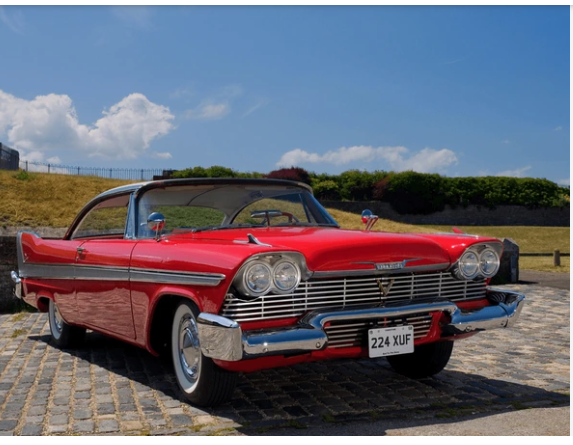
When John Carpenter’s “Christine” hit the theaters in 1983, it didn’t set any box office records; however, over time, it has become a cult classic.
Author Stephen King says that when writing his best-selling novel of the same title, he was looking for a car that wasn’t considered a classic, but rather he wanted a make and model that people had largely forgotten about. He couldn’t have made a better choice in the 1958 Plymouth (Belvedere) Fury.
Not only did the front end have an evil chrome sneer, the shape of the taillight assembly looked like the template that John Wayne Gacy used for his clown makeup.
While the ’58 Fury was not a classic at the time, it was basically the flagship model of Chrysler’s “Forward Look” design set in motion by Virgil Exner. Thankfully for producers of the film, auto graveyards were full of examples. According to Old Cars Weekly, the production crew built 25 cars for the movie, 17 of which were destroyed during filming.
Today, if you want a cherry 1958 Plymouth, be prepared to write a sizable check. There are exactly zero of the two-toned Autumn red and white two-door hardtop versions for sale in North America. A self-driving version is rumored to exist, but it is not available in any color.
“Party on, Wayne!” – Garth Algar
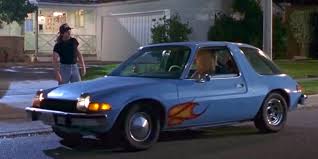
The two things that made the otherwise lackluster “Wayne’s World” a movie hit were the retro throwbacks of using Queen’s “Bohemian Rhapsody” in the hilarious opening scene and the inclusion of the light blue 1976 AMC Pacer with flames painted on the sides, the Garth or “Mirthmobile.”
“Schwinnng!”
The inclusion of the car fit Dana Carvey’s character of Garth Algar to a tee, totally uncool, but an adorable sidekick none-the-less.
The ’76 Pacer was set to be savior-of-the-year for chronically bankrupt American Motors Corporation, AMC, but a series of unfortunate events surrounding the car ended up hastening the company’s demise.
In the midst of the Middle East Oil Crisis, engineers set out to design “the wide small car.” The car came with quite a few quirks, such as the passenger door being several inches longer than the driver’s side door and liberal use of glass. In fact, the use of glass was so liberal, it garnered the car the nickname of “the upside-down fishbowl.”
The Pacer started out on the drawing boards as a state-of-the-art vehicle that would provide plenty of room due to it’s wide stance and the best fuel economy of anything sold in American dealerships. It was to feature a Wankel rotary engine, specially built for AMC by Chevrolet, but GM ended up pulling the rug out from under AMC when it pulled out of the contract, forcing AMC to shoehorn in a (3.8L) or 258 cubic inch (4.2L) inline-six engine that cranked out only 112 horsepower.
Not only did the car require a midget-sized mechanic to service under the hood, the V-6 also didn’t live up to the fuel-efficiency promises either. The Pacer achieved 22 MPG on the highway and 16 MPG in the city, which was only marginally better then the standard full size cars of the era. What was finally released to the public was a egglike alien car straight out of “Mork and Mindy,” a car that only pointy-headed college professors who wore bowties with a corduroy jacket would dare drive.
Other than not being very funny, Wayne’s World, committed the major sin of not giving the movie’s antagonist, Benjamin Kane’s 1966 Pontiac GTO convertible enough screen time.
“Well, there’s something you don’t see every day.” – Peter Venkman
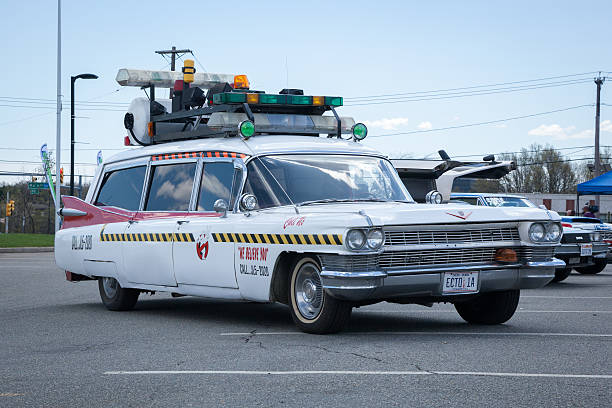
Many movies, from “True Romance” to “To Wong Fu, Thanks for Everything, Julie Newmar,” have featured a 1959 Cadillac, but none have become the megastar as did the 1959 Cadillac Miller-Meteor ambulance, also known as “Ecto-1,” in the Ghostbusters Universe.
The iconic car starred in the original as well as all of the, um. sequels.
In the original movie, when character Ray Stantz brought in the derelict former ambulance into the Ghostbusters’ makeshift fire station headquarters, he remarked, “It needs suspension work and shocks, brakes, brake pads, lining, steering box, transmission, rear end … maybe new rings, also mufflers, a little wiring…”
Anyone who owned a Cadillac from that period could attest that was par for the course.
Anything that propelled, steered or attempted to stop the 7,000 lbs., 225 inch-long behemoth wore out quickly and even the most Simonized and garage kept versions of the vehicle began rusting out before they left the dealership. We don’t even want to fathom a guess as to what type of fuel economy the Ecto-1 could achieve, but it certainly carved out it’s own space in every movie lover’s heart.
Scott Hudson is the Senior Investigative Reporter, Editorial Page Editor and weekly columnist for The Augusta Press. Reach him at scott@theaugustapress.com

